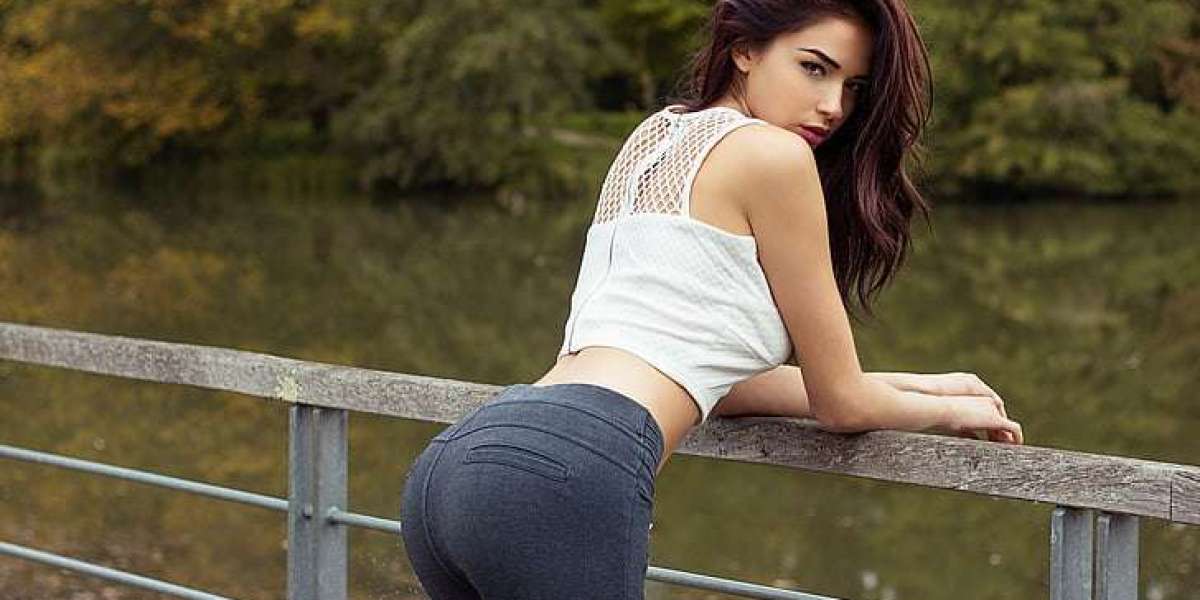Women’s ballet flat shoes have a rich history and cultural significance that spans centuries. These iconic shoes have become a staple in women’s fashion, offering both comfort and style. In this article, we will explore the fascinating journey of ballet flats, from their origins to their impact on modern culture.

The Origins of Ballet Flat Shoes
The history of ballet flat shoes can be traced back to the 16th century. They were initially designed as a practical footwear option for ballet dancers. These shoes were created to provide dancers with flexibility and ease of movement, allowing them to perform intricate dance steps with grace and precision.
Over time, ballet flats gained popularity beyond the dance studio. They became a fashionable choice for women who wanted comfortable yet elegant footwear. The simple and understated design of ballet flats made them versatile, suitable for both casual and formal occasions.
The Evolution of Ballet Flat Shoes
As ballet flats gained popularity, they underwent various transformations to meet the changing fashion trends. In the 1950s, French designer Rose Repetto created a ballet flat known as the "Cendrillon," which became an instant hit. This iconic design featured a low-cut vamp and a rounded toe, setting the standard for modern ballet flats.
In the 1960s, ballet flats became a symbol of rebellion and empowerment. Style icons like Audrey Hepburn and Brigitte Bardot popularized the trend, wearing ballet flats with their casual and chic outfits. The shoes became synonymous with effortless elegance and a sense of non-conformity.
The Cultural Significance of Ballet Flat Shoes
Ballet flat shoes have transcended their practical origins to become a cultural symbol. They represent femininity, grace, and timeless style. The association with ballet and dance adds an element of artistry and sophistication to these shoes.
Furthermore, ballet flats have become a symbol of women's liberation and empowerment. They offer an alternative to high heels, allowing women to move freely and comfortably without sacrificing style. Ballet flats have become a statement of independence and confidence, challenging traditional beauty standards.
The Influence of Ballet Flat Shoes in Modern Culture
In today's fashion landscape, ballet flats continue to be a beloved footwear choice for women around the world. They have become a wardrobe staple, complementing a wide range of outfits, from jeans to dresses. The versatility and timeless appeal of ballet flats make them a go-to option for both casual and formal occasions.
Ballet flats have also made their mark in popular culture. They have been featured in movies, such as "Funny Face" and "Black Swan," further cementing their association with elegance and grace. Additionally, many influential figures, including celebrities and fashion icons, have embraced ballet flats as part of their signature style.
As ballet flats continue to evolve, designers experiment with different materials, colors, and embellishments, keeping them fresh and relevant in the ever-changing fashion industry.
The Future of Ballet Flat Shoes
The future of ballet flat shoes looks promising, as they continue to be a timeless and versatile footwear option for women. With advancements in technology and design, ballet flats are becoming even more comfortable and supportive, catering to the needs of modern women.
As fashion evolves, ballet flats will likely adapt to new trends while maintaining their classic appeal. They will continue to be a symbol of femininity, elegance, and empowerment, inspiring women to embrace their individuality and express themselves through fashion.
Conclusion
The history and cultural significance of women’s ballet flat shoes are deeply intertwined. From their origins as practical dance shoes to their status as a fashion staple, ballet flats have left an indelible mark on the world of fashion and culture. Their timeless appeal, versatility, and association with grace and empowerment make them an enduring symbol of women's style and individuality.







